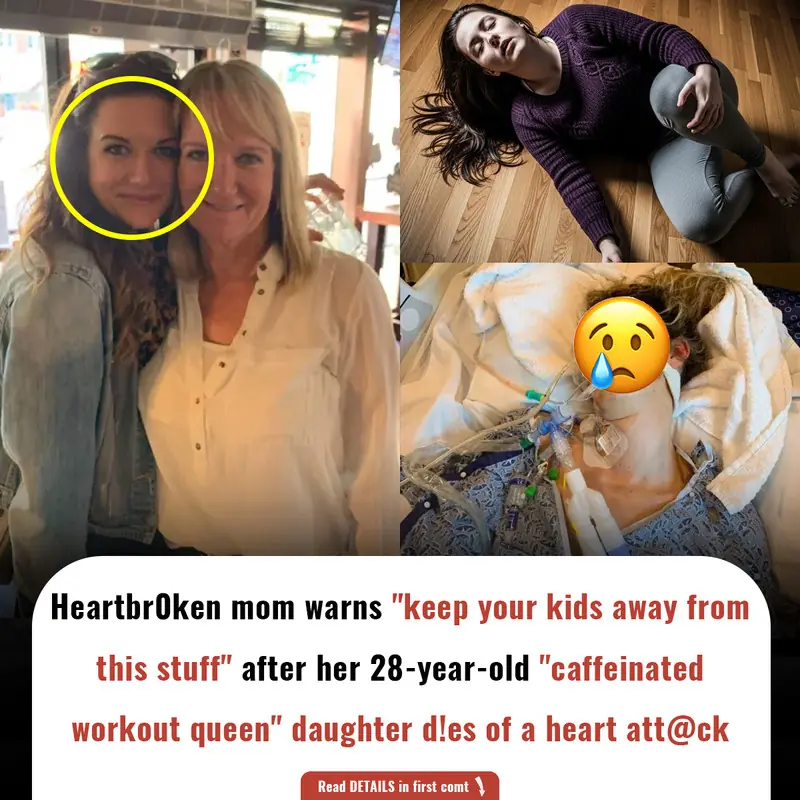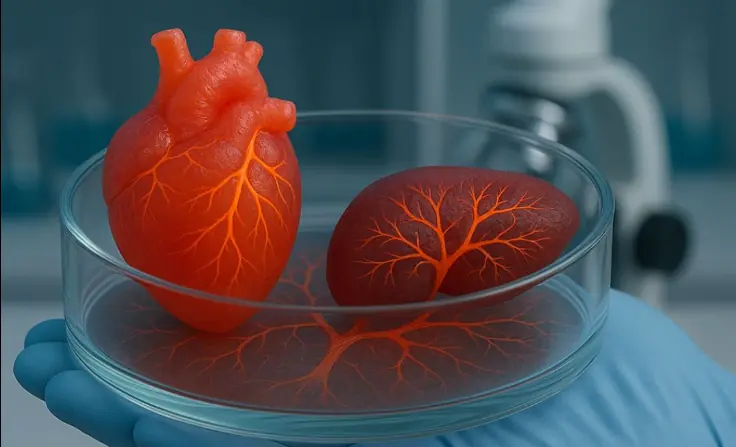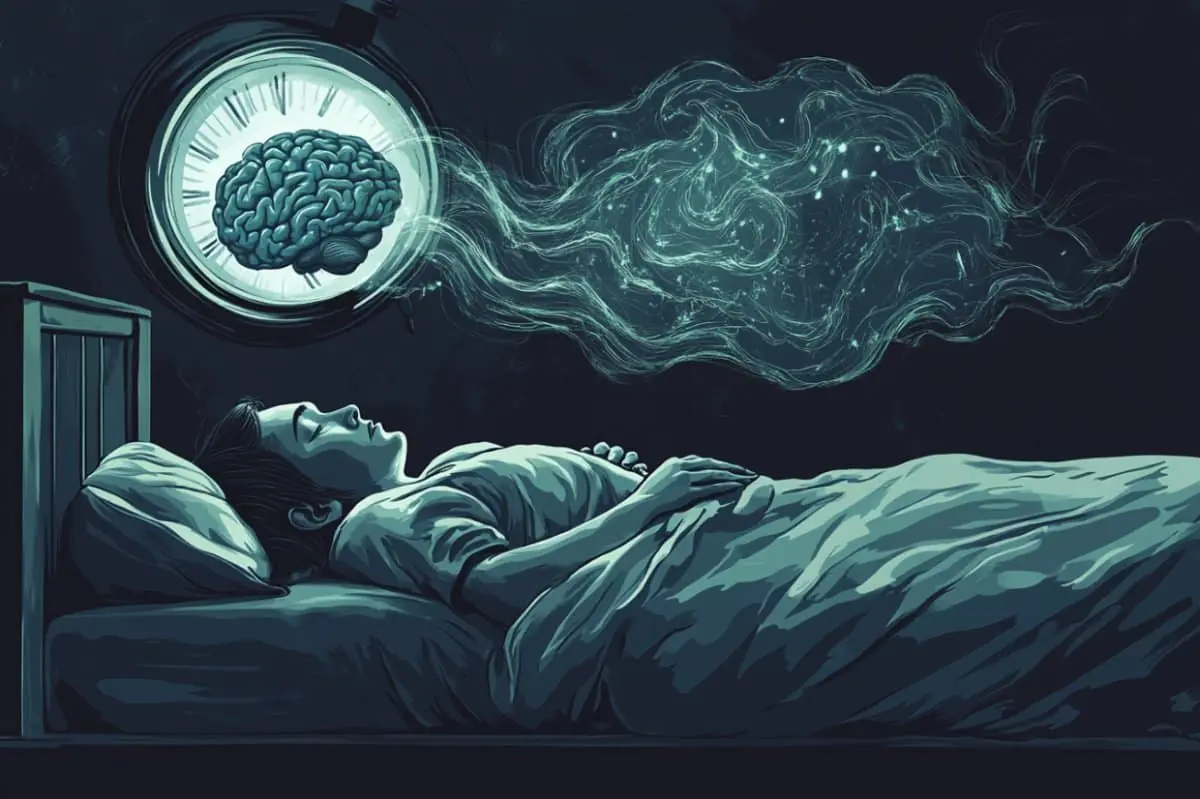At 37 years old, Julie Brothers experienced a ruptured brain aneurysm, a medical emergency that nearly claimed her life. What makes her story even more alarming is that doctors initially misdiagnosed her condition, attributing her symptoms to a simple migraine. This misdiagnosis, which led to a delay in the proper treatment, highlights the importance of recognizing the key warning signs of brain aneurysms and the critical role of timely medical intervention.

The Initial Misdiagnosi
Julie Brothers' ordeal began with what seemed like an ordinary headache. It was the evening of a typical workday when she suddenly felt a pounding headache and nausea. Her symptoms quickly escalated: she experienced a stiff neck and vomiting, classic signs of a much more severe condition than just a migraine. Concerned about the intensity of the pain, she visited a walk-in clinic in the hopes of finding relief.
However, doctors there dismissed her symptoms as a migraine, a diagnosis they reached without performing any scans or tests to investigate further. Instead, they prescribed anti-inflammatory and anti-nausea medication and sent her home. At that point, Julie, feeling frustrated but trusting the medical professionals, left the clinic thinking that rest and medication would provide relief. Little did she know that the situation was far more serious than she could have imagined.
Delayed Treatment
The following day, Julie's symptoms only worsened. The severe headache persisted and intensified, and she felt more nauseous, with no sign of relief. However, the severity of the symptoms was still not enough to prompt a second visit to the clinic. After 36 hours of worsening symptoms and no improvement, Julie’s condition began to deteriorate rapidly. It was then that she decided to seek emergency care at Mount Sinai Morningside hospital.
Upon arrival, doctors quickly recognized the severity of her condition. A brain aneurysm had ruptured, which was bleeding into her brain. Doctors immediately scheduled her for emergency endovascular embolization surgery to stop the bleeding and prevent further damage. The time delay between the initial misdiagnosis and the correct diagnosis made the situation much more critical, and doctors were concerned about the possibility of further bleeding or even a stroke.
The Long Road to Recovery
Julie underwent surgery and spent three weeks in the hospital recovering from the surgery. The recovery process was intensive, and it took a physical and emotional toll on her. She had to take three months off work to focus on her recovery, undergoing follow-up appointments, therapy, and resting to regain her strength.
Despite the challenges, Julie was determined to return to her life and career. A little over a year after the incident, she was back at work and had even participated in the Brain Aneurysm Foundation's annual 5K, an event designed to raise awareness about brain aneurysms and honor those who have suffered from them.
The Importance of Recognizing Warning Signs
Julie’s experience underscores the critical importance of understanding the symptoms of brain aneurysms and the potential dangers of misdiagnosis. Brain aneurysms are more common than people realize, affecting about 6.8 million Americans. One ruptures every 18 minutes, with catastrophic results in many cases. A brain aneurysm can lead to permanent brain damage, disability, or death if not addressed quickly.
The most common warning sign of a brain aneurysm rupture is what’s called a "thunderclap headache," which is an intense, sudden headache that reaches its peak in seconds. In addition to headaches, patients may experience nausea, vomiting, neck stiffness, and sensitivity to light. It is essential for both patients and healthcare providers to be aware of these symptoms and take them seriously.
Julie’s story serves as a reminder to trust your instincts. If something feels wrong or the symptoms are severe, it's vital to seek a second opinion and ensure that appropriate tests, such as an MRI or CT scan, are performed. Delaying or missing the diagnosis of a brain aneurysm can lead to devastating consequences, but with quick action, recovery is possible.
Conclusion
Julie Brothers’ life was changed in an instant by the ruptured brain aneurysm, and the delayed diagnosis could have cost her everything. However, with the right care and determination, she overcame the challenges and is now sharing her story to raise awareness. Her experience also serves as a call to action for both patients and doctors to recognize the symptoms of serious health issues like brain aneurysms, ensuring that timely and effective treatment is provided.
Her recovery is a testament to the importance of advocacy, self-awareness, and the need for healthcare professionals to take patients' symptoms seriously. By spreading awareness about brain aneurysms, Julie hopes to help prevent others from experiencing similar struggles.
































